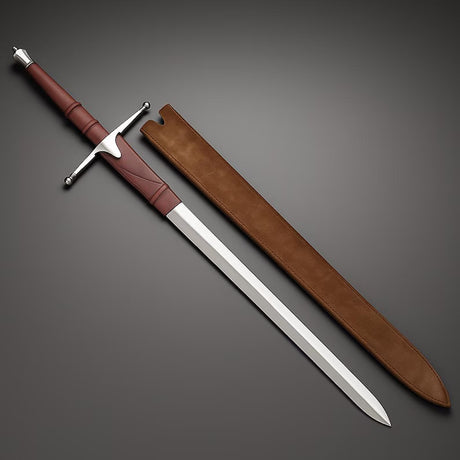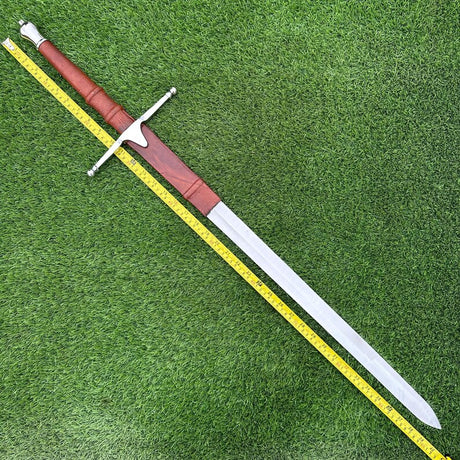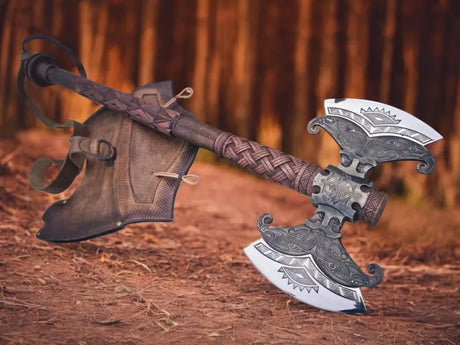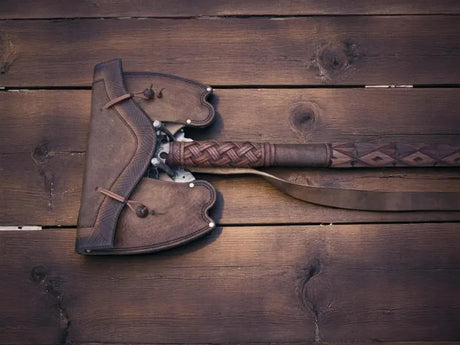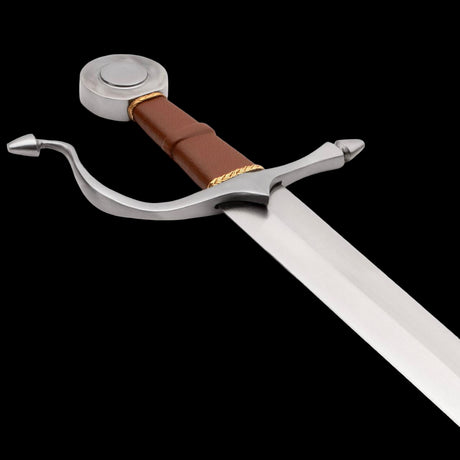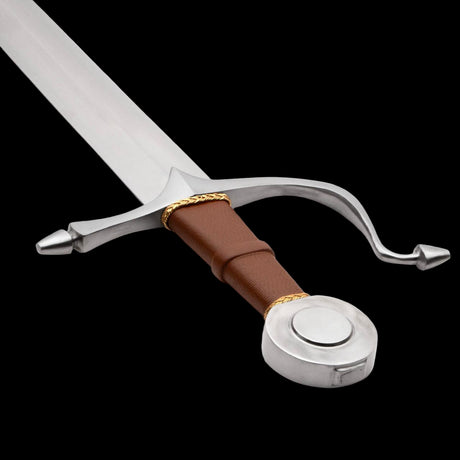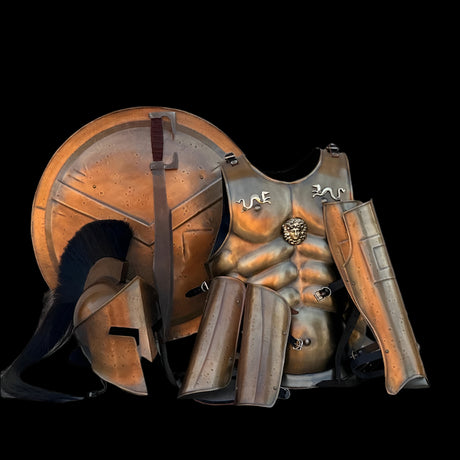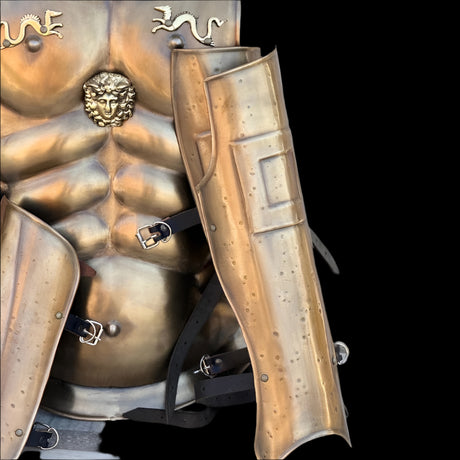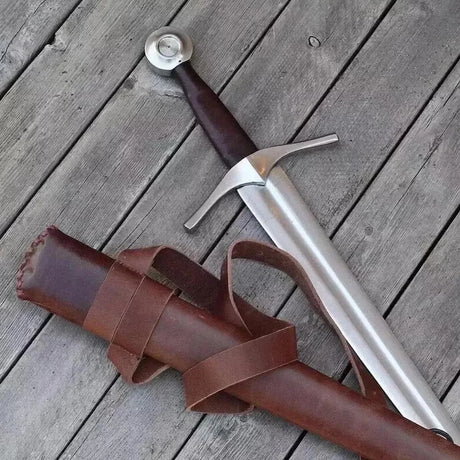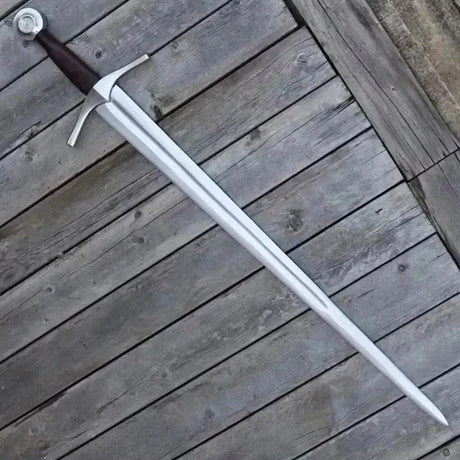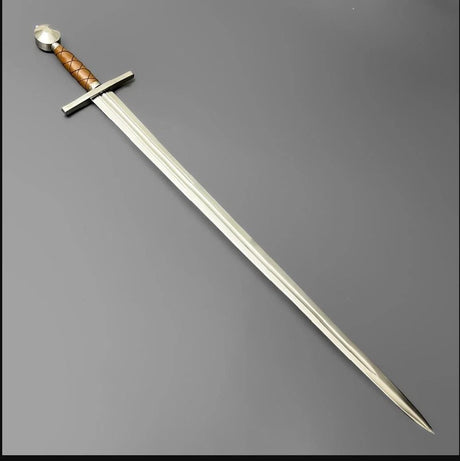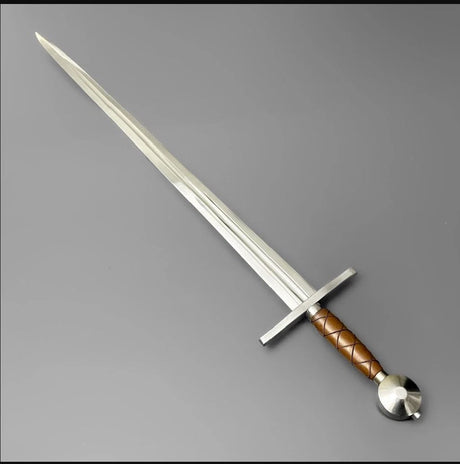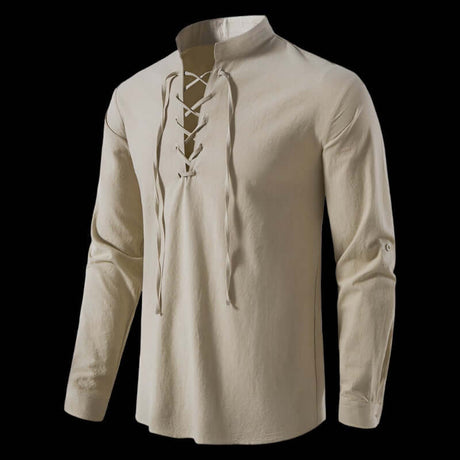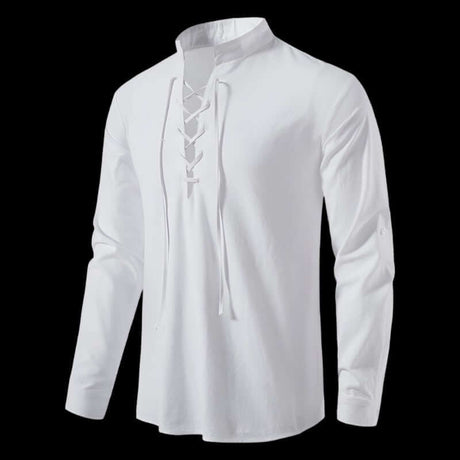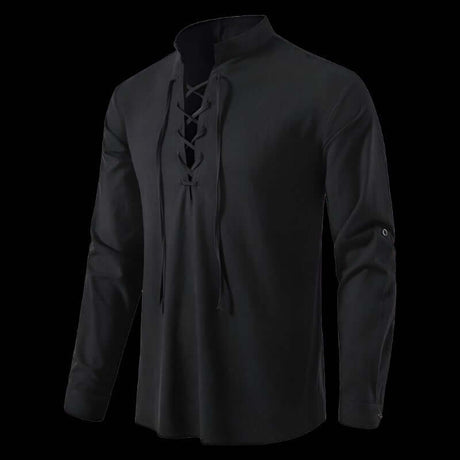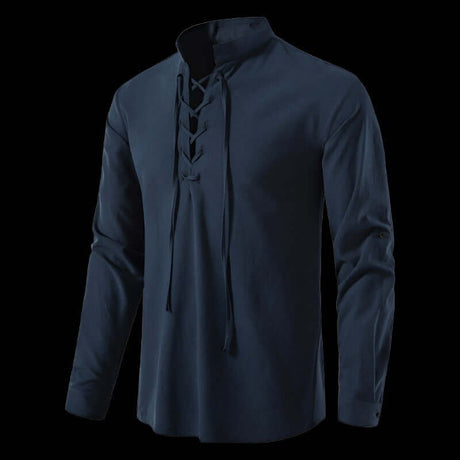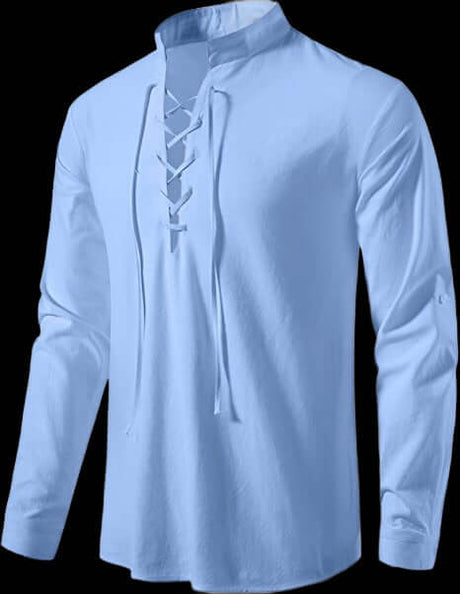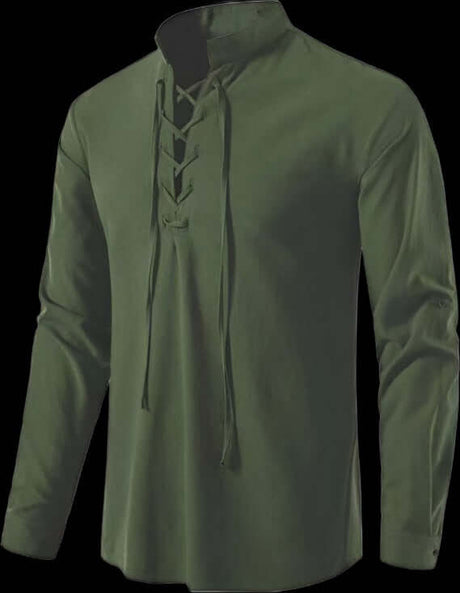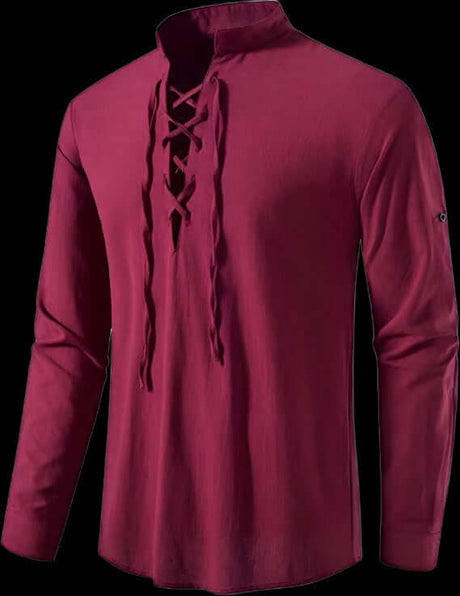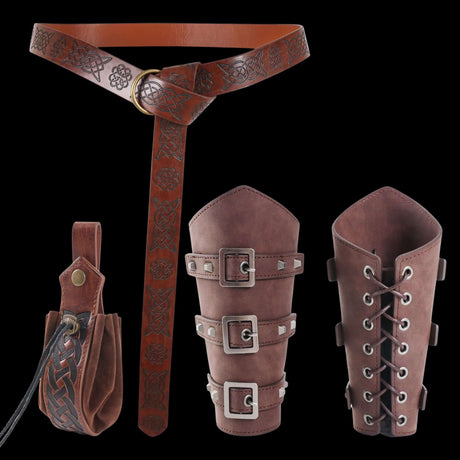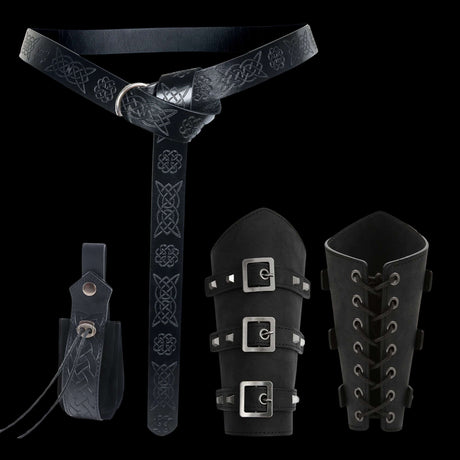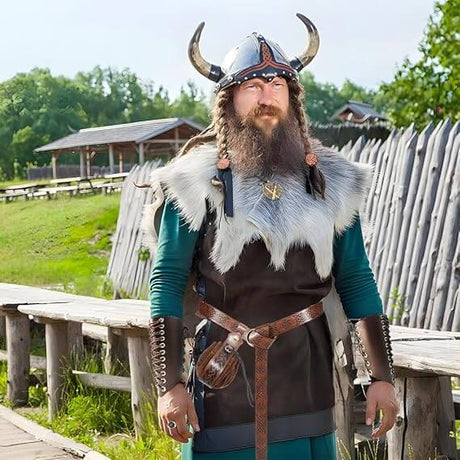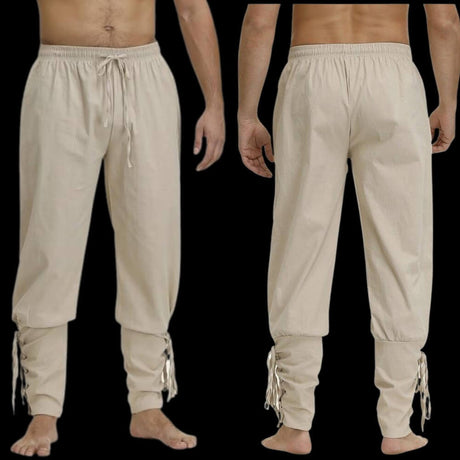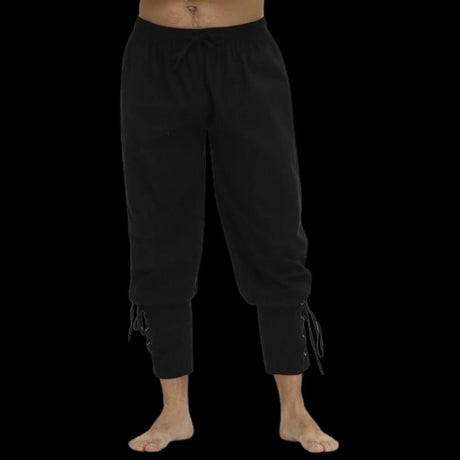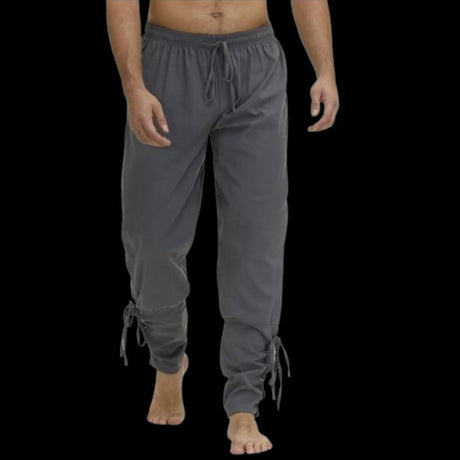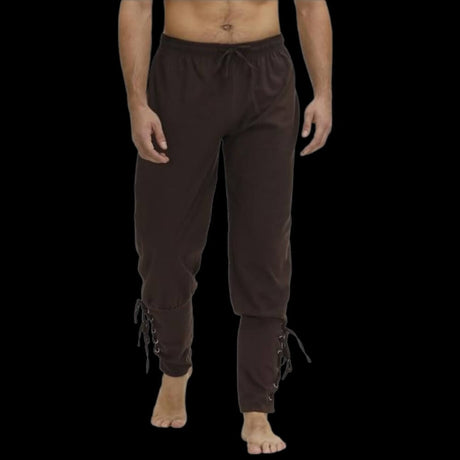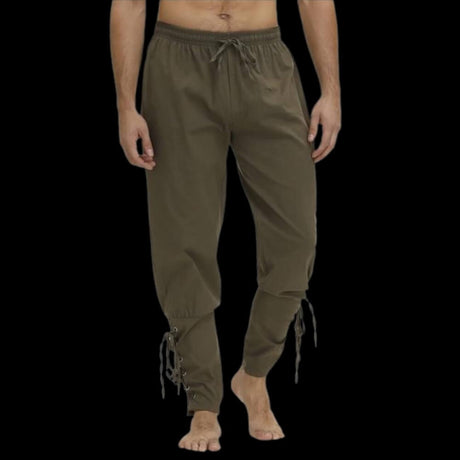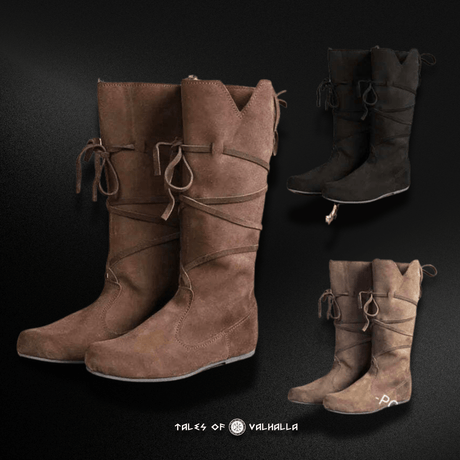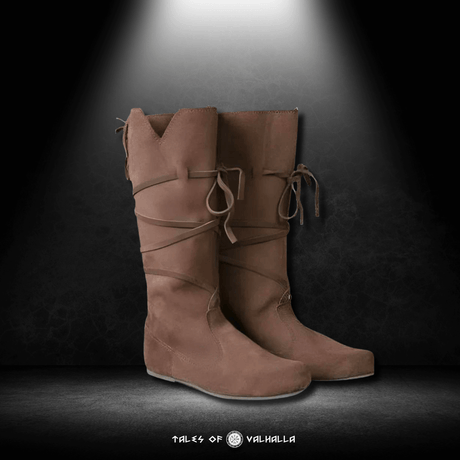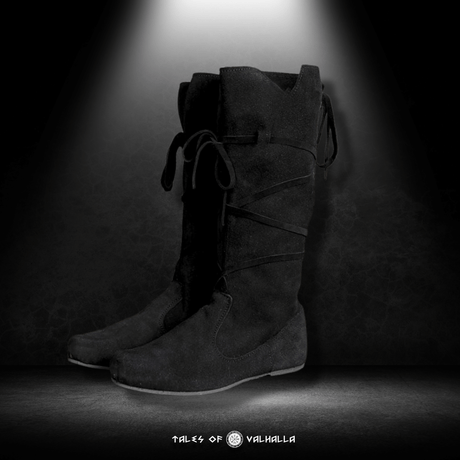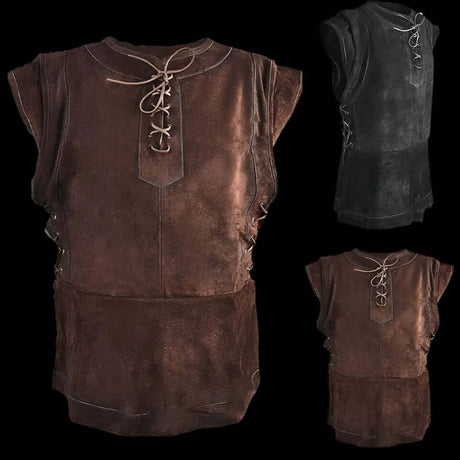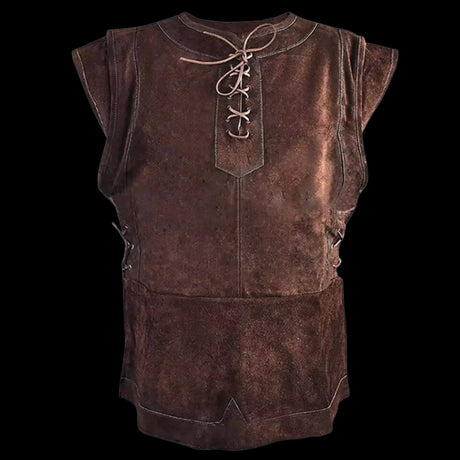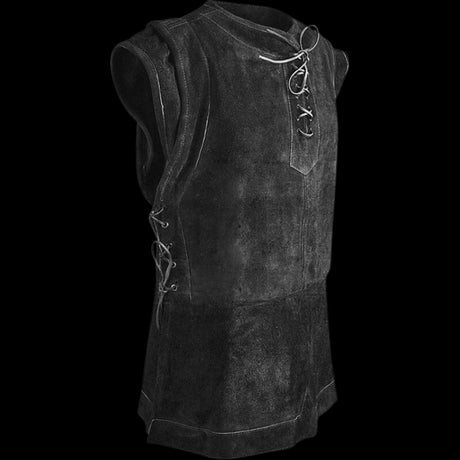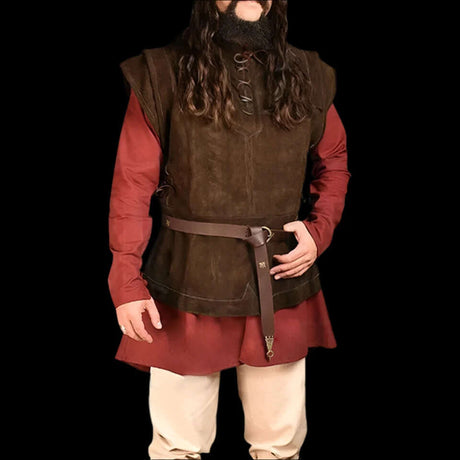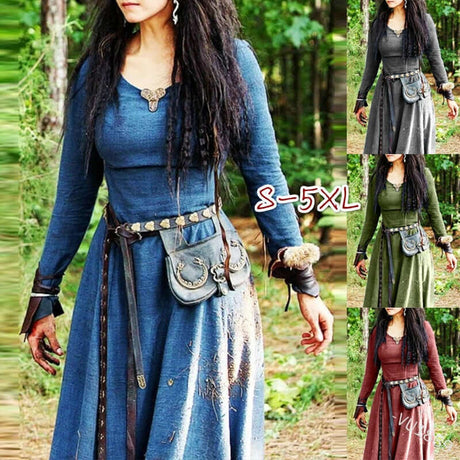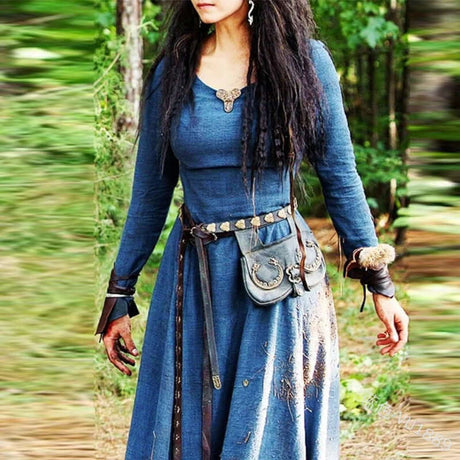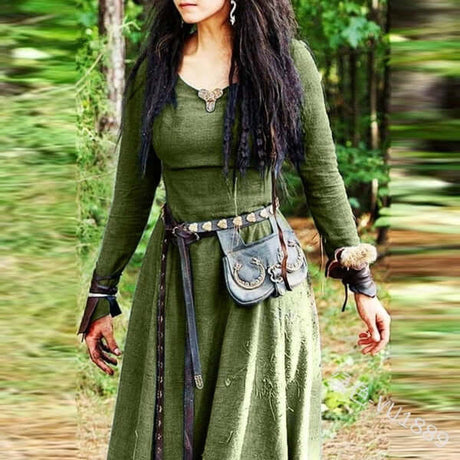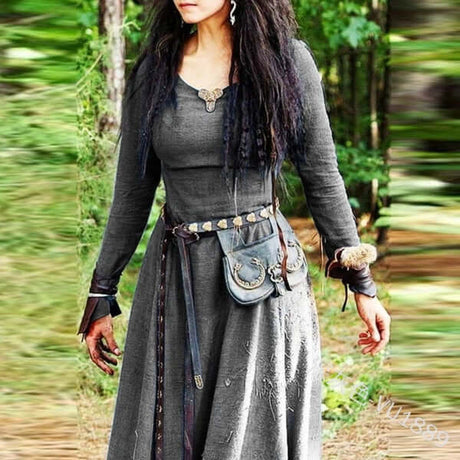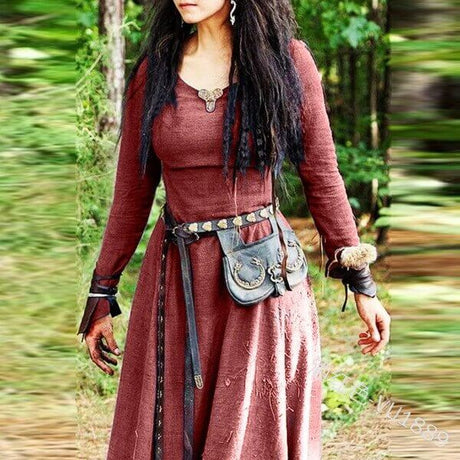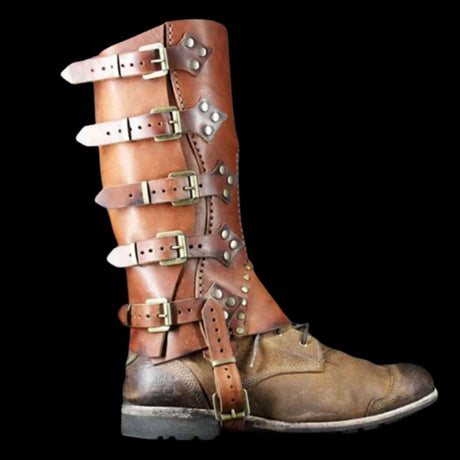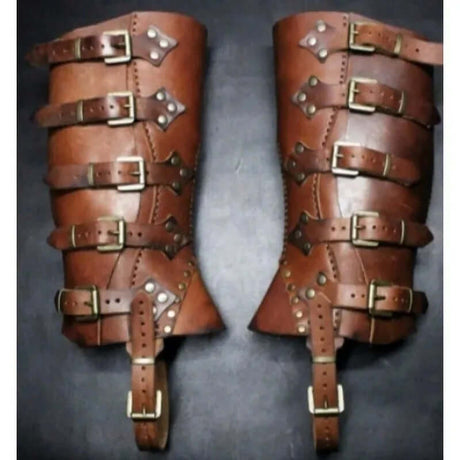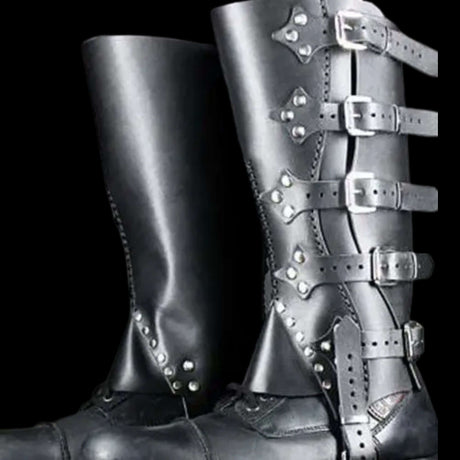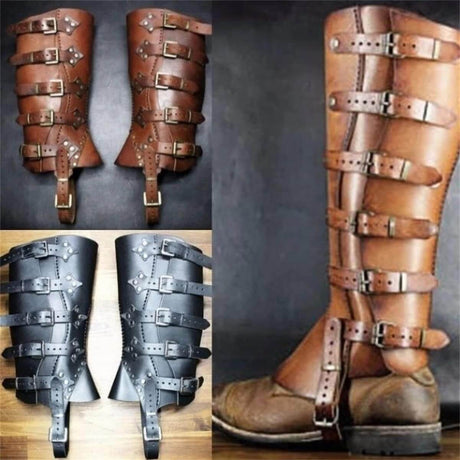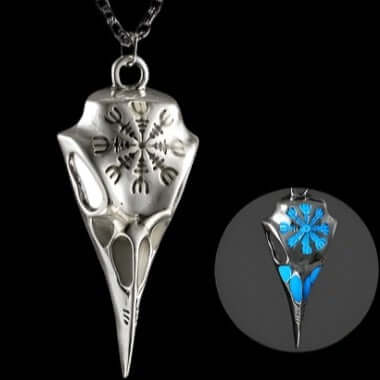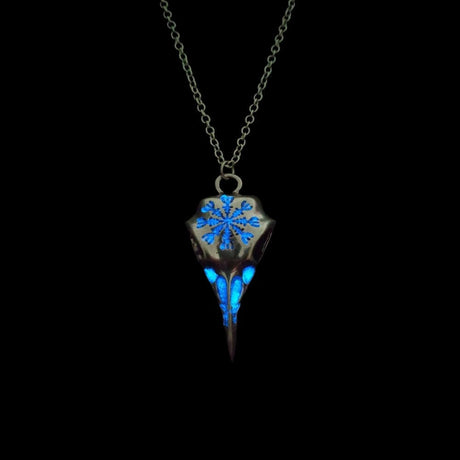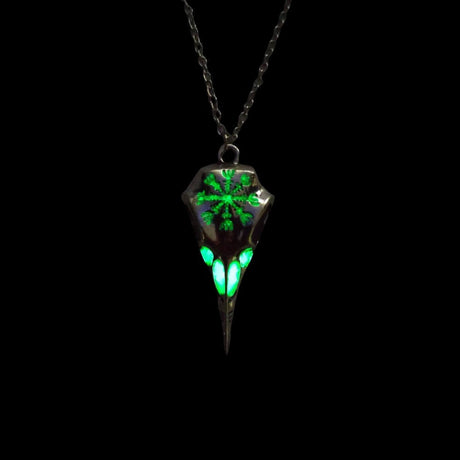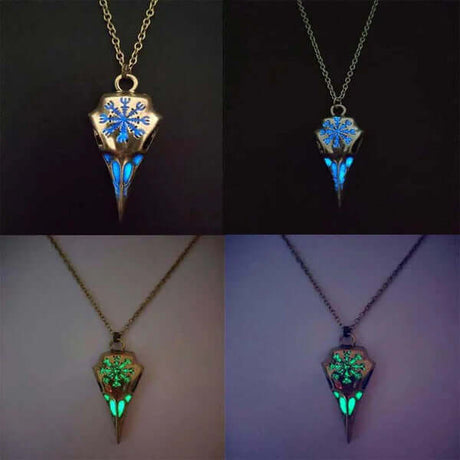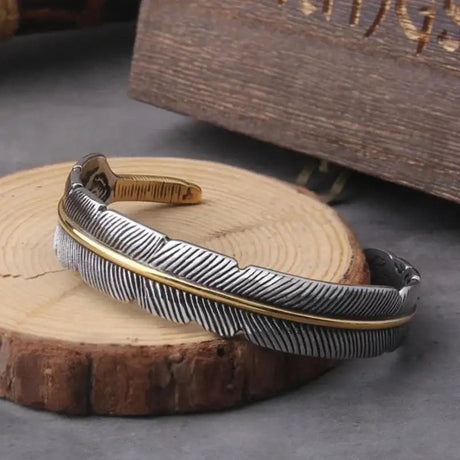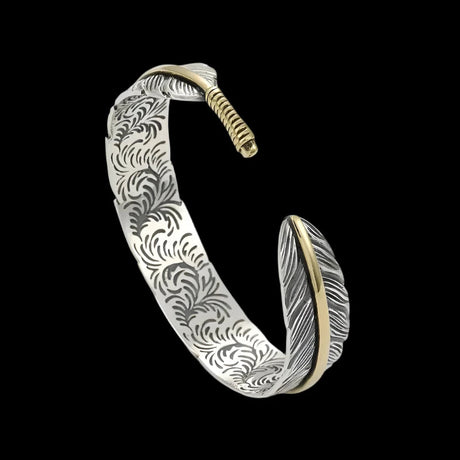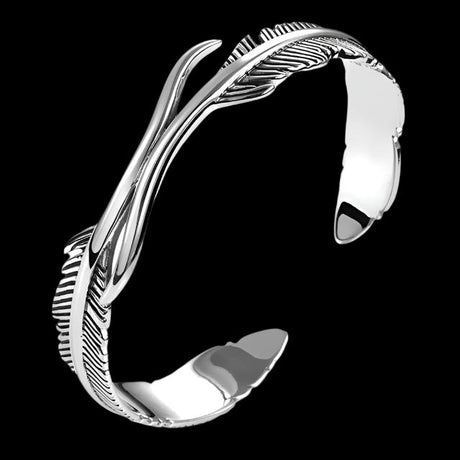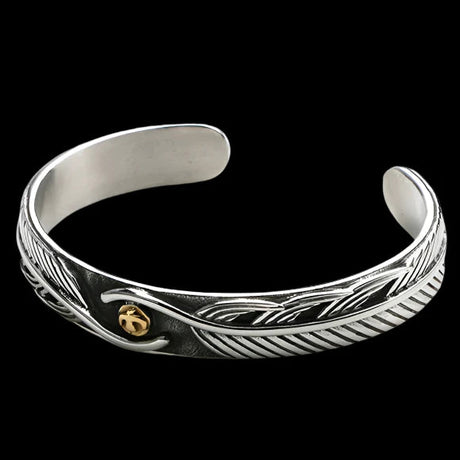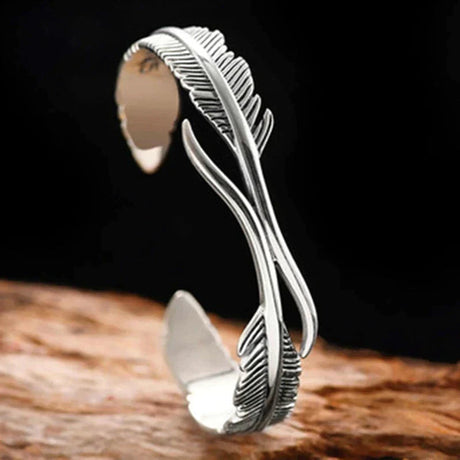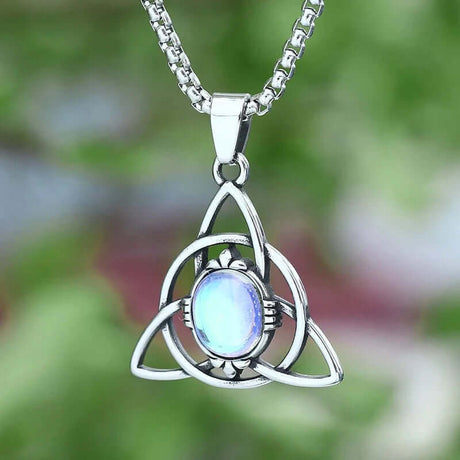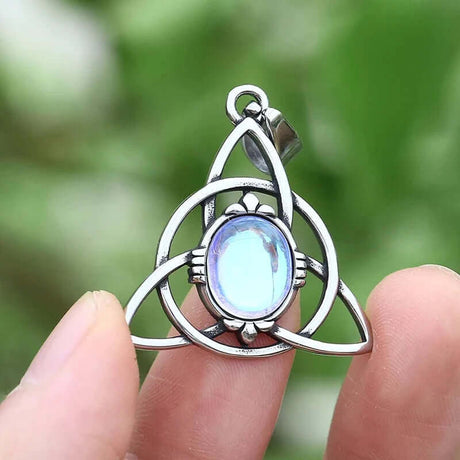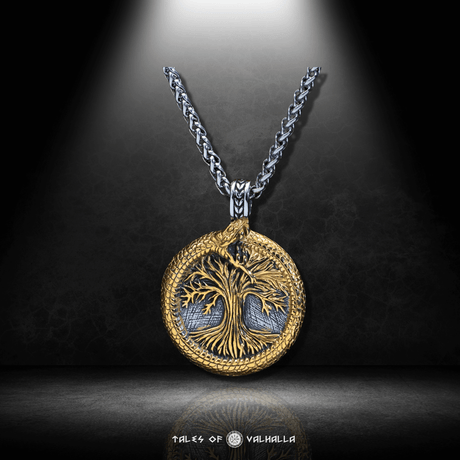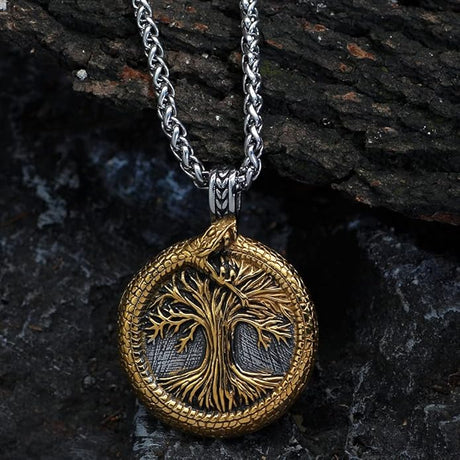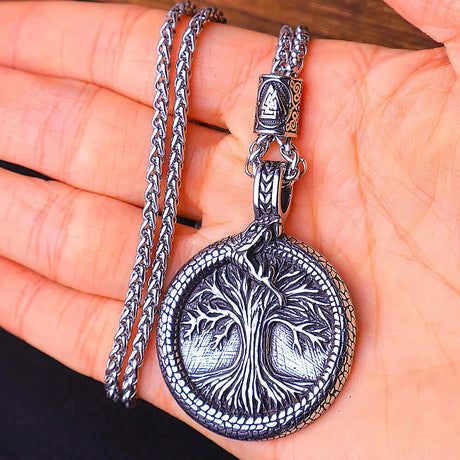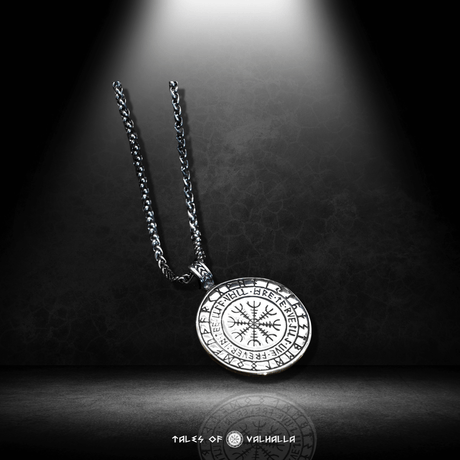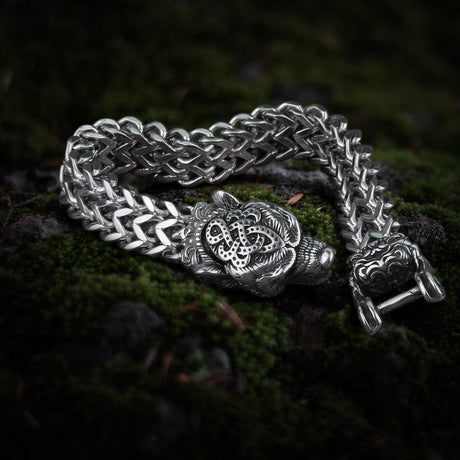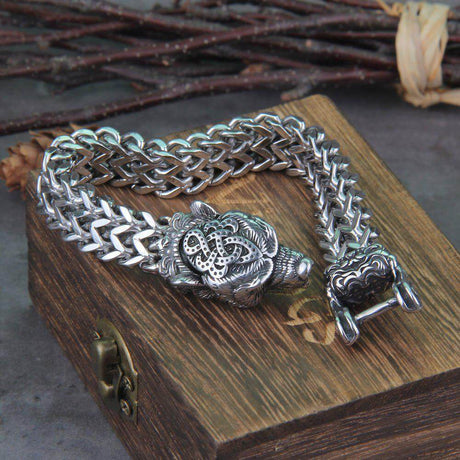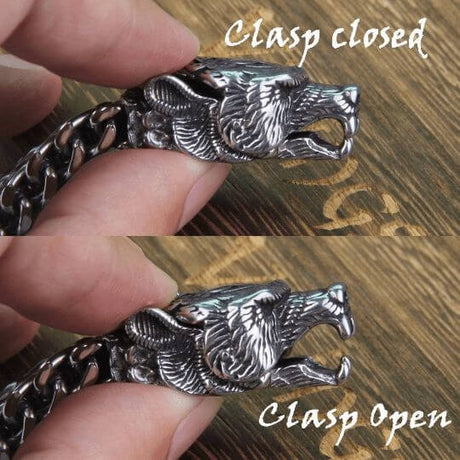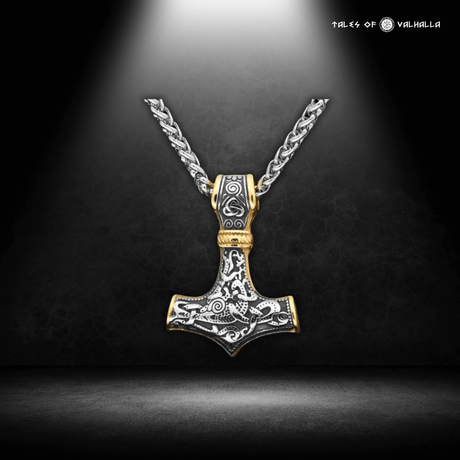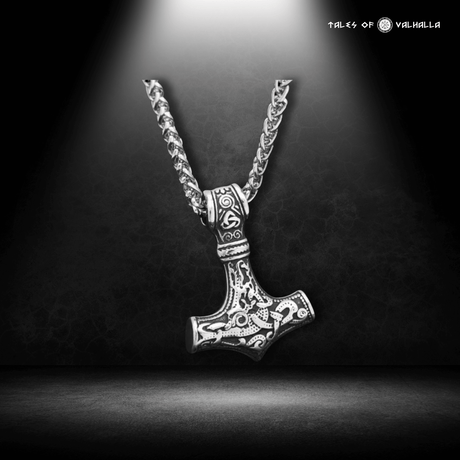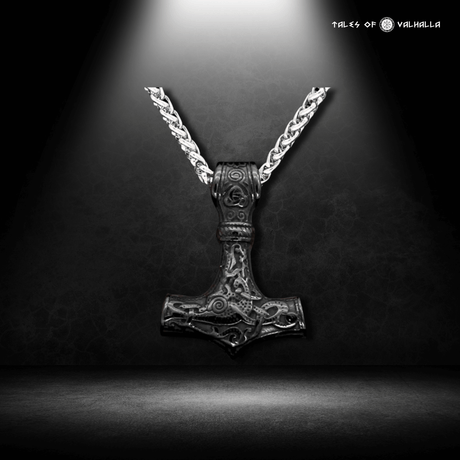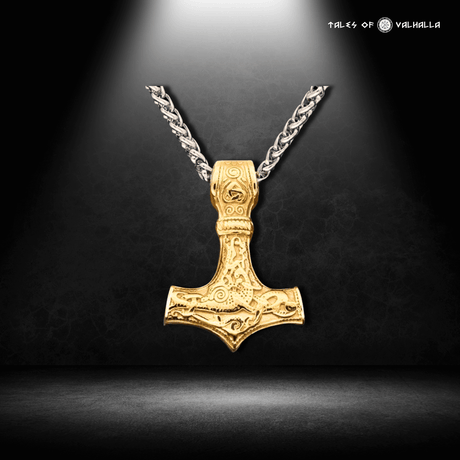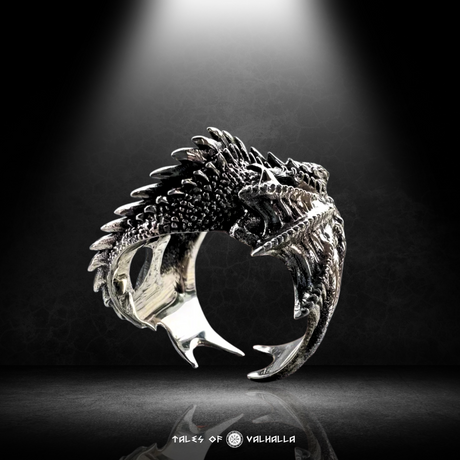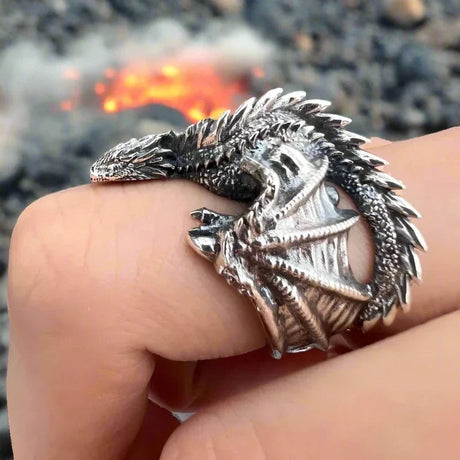Where did the Vikings come from? Origins revealed
The Vikings were indeed people who specialized in sea and ocean and most importantly they were famous for their prowess. These creatures have been a matter of interest to the humanity all throughout history. Many have wondered: What was the origin of the Vikings? This article brings you to the Scandinavian heartland to explain to you the real story of this impactful civilization.

Introduction: Unraveling the Enigma of Viking origins
The Vikings have always fascinated people all over the world. They were known for their bravery at sea, their warrior skills, and their bold explorations. But for a long time, the true beginnings of this mysterious group were a mystery. This article will try to solve the puzzle of the Vikings, tracing their history back to their Scandinavian roots and how they became a key culture in medieval Europe.
To get to know the Vikings, we first need to ask: “Which country are Vikings from?” They are from Scandinavia; this region is today’s Norway, Sweden and Denmark. These places influenced their culture and those for sea related skills too.
Historically, it is interesting to dig in to the Vikings’ beginnings and that plays a very vital role in their homeland. Through the series of external challenges, including rugged terrains and unfavourable climate, they were tough. They applied (The rich resources in their land helped them grow and expand.)
"It is important to understand that the term ‘Vikings’ in fact does not refer to any specific culture but rather denotes a motley of groups of Scandinavian origin continue to persist in next millennium."
To shine a bright light on this engrousing team, we need to learn of the origins of the Vikings and what let them to achieve what they did. Alright, let us begin a fantastic voyage in order to find out more about the Vikings’ origin and how they turned into such powerful people in history.
Where did the Vikings come from? The Scandinavian Heartland
The vikings were warrior from the middle age but they are mainly recognized as seamen. All of them originated from the Scandinavian peninsula. What is today’s Norway, Sweden, and Denmark, make up this region. It was home to the scandinavia vikings and its great journey into Europe.
Exploring the Viking Map
The viking map scandinavia helps us understand where the Vikings came from. Scandinavia had lots of coastlines, fjords, and harbors. These made it perfect for the Vikings to become great sailors.
The Age of the Vikings: Uncovering Their Rise
The the age of the vikings was from the late 8th to the late 11th century. This was a time of great achievements and influence for the Vikings. They went on voyages of discovery, trade, and conquest, changing the history and culture of the places they visited.
Looking into the Vikings' roots in Scandinavia, the viking map scandinavia, and the the age of the vikings era, we learn about this powerful civilization. We see what made them rise and spread so far.
"The Vikings were not just raiders and pillagers, but also skilled seafarers, traders, and colonists who left a lasting impact on the regions they encountered."
What country are vikings from? Tracing their roots
The Vikings were famous seafaring warriors and explorers from the Middle Ages. They came from the Scandinavian region. This includes the modern-day countries of Norway, Sweden, and Denmark.
These Nordic nations were perfect for the Vikings. They had the resources, geography, and sea skills needed for their success. The tough yet beautiful landscapes of Scandinavia shaped their life and spirit.
"The Vikings were a Scandinavian people, with their heartland located in the modern-day countries of Norway, Sweden, and Denmark."
The Scandinavian Peninsula gave the Vikings easy access to the sea. This let them set up settlements, trade, and go on raids. From their northern bases, they went on famous voyages, changing the history and culture of the places they visited.
The Viking legacy is still celebrated in Scandinavian countries. Their language, myths, and artifacts are studied by scholars and fans. Knowing where the Vikings came from helps us understand their big impact on history.
Viking Appearance: How did Vikings look like?
The Vikings were known for their unique look, which has made them famous. They had rugged builds and wore horned helmets. These features have caught the world's attention.
Iconic Viking Attire and Physical Characteristics
Vikings were tall and strong, often over six feet tall. They had broad shoulders and long beards. This made them look fierce.
They wore fur-lined cloaks and tunics, along with leather pants and boots. Their famous horned helmets symbolize Viking culture. But, it's not clear if they really wore them in battle.
| Viking Attire | Description |
|---|---|
| Cloaks and Tunics | Sturdy, fur-lined garments that provided warmth and protection |
| Leather Pants and Boots | Durable clothing that allowed for mobility and agility |
| Horned Helmets | Iconic headpiece that has become a symbol of Viking culture |

Their look was practical for their life at sea and in raids. It also showed strength, bravery, and skill. These traits have lasted through the ages.
The Seafaring Vikings: Navigating the Uncharted Waters
The Vikings were known for their amazing seafaring skills. These skills helped them grow in power and explore new lands. They built advanced ships, knew how to navigate, and bravely explored unknown waters. This let the scandinavia vikings set up trade routes, raid coastal areas, and spread their influence across Europe and beyond.
At the core of their seafaring skills were their longships. These ships were sleek and agile, perfect for the North Atlantic and Baltic Sea's dangers. They could move fast, thanks to sails and oars, which let the Vikings quickly reach their goals and surprise their enemies.
The age of the vikings was also known for their unmatched navigational skills. They could find their way and chart new paths even in the open sea. Using the stars, they knew where they were and where they were going, making them great explorers.
| Viking Shipbuilding Techniques | Viking Navigational Methods |
|---|---|
|
|
The Vikings' seafaring skills helped them set up trade networks, go on raids, and expand their reach. They could navigate the North Atlantic and Baltic Sea's dangers. This was a key part of the scandinavia vikings and the age of the vikings.
"The Vikings were the ultimate seafarers, mastering the art of navigation and shipbuilding to conquer the unforgiving waters of the North."
Viking culture and society: A glimpse into their lifestyle
The scandinavia vikings were a unique and captivating civilization. They were deeply rooted in their Scandinavian heritage. In the age of the vikings, their culture and beliefs were key to their society. They were a seafaring, warrior-based people.
Exploring Viking Traditions and Beliefs
At the heart of Viking culture was a complex belief system. It was centered around the Norse pantheon of gods and goddesses. Figures like Odin, the All-Father, and Loki, the mischievous one, were part of their mythology. These stories and figures touched every part of their lives.
- The Vikings valued their ancestral traditions deeply. This included Nordic burial rituals and honoring their ancestral gods.
- Their social structure was shaped by these beliefs. Warriors and chieftains were at the top of their communities.
- Daily life for the Vikings was filled with their cultural heritage. This included feasting, storytelling, warrior training, and seafaring.
The scandinavia vikings were more than just warriors. They were skilled in crafts, trade, and exploration. They were driven by a love for adventure and a desire to explore the world. Their mix of warrior spirit and cultural sophistication still fascinates scholars and fans today. It gives us a peek into the remarkable world of the age of the vikings.
"The Vikings were not simply warriors and raiders, but a complex, multifaceted civilization that left an indelible mark on the course of history."
Viking expansion: Mapping the conquests and settlements
The Viking age was a time of great growth and discovery for the Scandinavian people. They were skilled sailors and warriors. They made a big impact across Europe, from the British Isles to the Byzantine Empire. This section looks at their expansion, showing where they went and the impact they had.
The Viking map of Scandinavia was the start of their big journeys. Raiders and settlers went out, seeking new lands, trade, and resources. During the Age of the Vikings, they set up settlements, colonies, and trading posts all over Europe.
| Region | Viking Conquest and Settlement |
|---|---|
| British Isles | The Vikings raided and settled in England, Scotland, and Ireland. They made strong communities and changed local cultures. |
| Normandy | Rollo led the Vikings in conquering and settling Normandy. It became a powerful duchy and a key place in Western Europe. |
| Iceland and Greenland | The Vikings made colonies in these islands in the North Atlantic. They explored new lands. |
| Kievan Rus' | Viking traders and warriors, known as the Varangians, helped create the Kievan Rus' state. This state later became the Russian Empire. |
The Vikings' actions had a big and lasting effect on the places they visited. Their settlements, trade, and cultural sharing changed politics, economy, and society. The Vikings left a lasting mark on history. Their achievements and influence are still felt today.
The lasting legacy of the Vikings
The Vikings came from the Scandinavian region and changed European history forever. They lived from the 8th to the 11th century. This time was filled with exploration, innovation, and cultural sharing that still affects us today.
The Vikings were known for their amazing technology and sailing skills. Their longships were fast and could move easily in the water. This helped them trade and spread their influence across Europe.
The Vikings also left a mark on language and culture. Words like "sky," "egg," and "Thursday" come from Old Norse, their language. Their stories of heroes like Ragnar Lothbrok and the Valkyries are still popular today.
| Cultural Influence | Technological Advancements |
|---|---|
|
|
The Vikings changed history in many ways. They were skilled in war and expanded their territories. They settled from Greenland to the Iberian Peninsula. Their story still fascinates us, inspiring books, movies, and TV shows.
"The Vikings were not just fierce warriors, but also skilled traders, explorers, and artisans who left an indelible mark on the history of Europe and beyond."
Exploring the Vikings shows us a complex and important civilization. They have shaped our language, culture, and view of history.

Conclusion: Where did the Vikings come from? A comprehensive exploration
We've looked deeply into the Viking origins, tracing them back to Scandinavia. The Vikings came from the Nordic countries and became a key force in medieval Europe. They left a lasting impact on history.
Their unique look, with their special clothes and physical traits, caught the world's attention. Their skill in sailing let them explore the unknown seas. This made the Vikings famous around the globe.
Looking into the Viking era, we see what made them powerful. We learn about Scandinavia's role and the Vikings' way of life, traditions, and beliefs. Their legacy still interests scholars and fans today. It shows in our modern culture, from art to language.
FAQ
What country are the Vikings from?
The Vikings came from the Scandinavian Peninsula. This includes today's Norway, Sweden, and Denmark. These lands were the core of Viking culture and life.
Where are the Vikings located?
The Vikings mainly lived in Scandinavia, in Norway, Sweden, and Denmark. They spread out across Europe through conquests and settlements from this base.
What is the connection between the Vikings and Scandinavia?
Scandinavia, now Norway, Sweden, and Denmark, was the Viking's birthplace. Its tough, northern lands gave them the resources and skills for their seafaring ways. This helped them become a key medieval European force.
When was the Age of the Vikings?
The "Age of the Vikings" was from the late 8th to the late 11th century. During this time, they became known as a powerful, seafaring people. They spread their influence far and wide.
How did the Vikings look?
The Vikings were famous for their unique look. They were often seen as strong, with blond or reddish hair, blue or green eyes, and horned helmets. These features have made them a lasting symbol.
What does the Viking map of Scandinavia look like?
The Viking map shows the lands of Norway, Sweden, and Denmark. These countries had the rugged coasts, fjords, and forests that helped the Vikings grow. They used these lands to build their seafaring skills and spread out across Europe.










